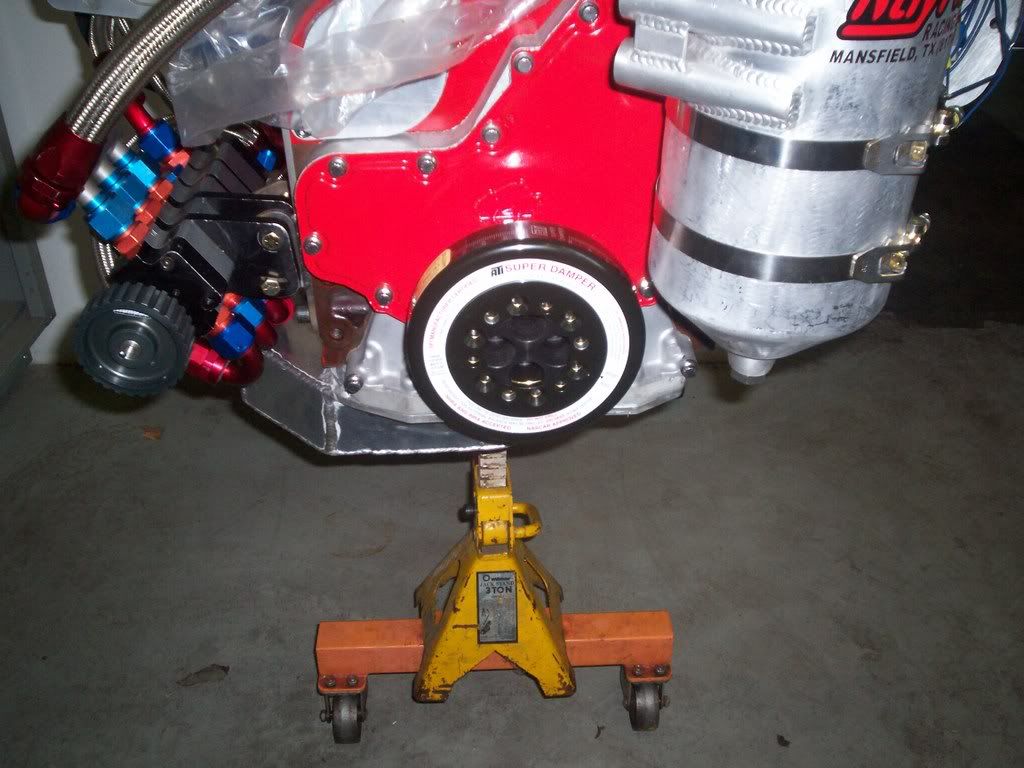I think not.............
There are people that will argue to the death either way , but the fact is many Pro NASCAR teams run both as well.
I would like to see one team in Nascar/Cup that uses a Fluidampner. I have done tech work for alot of races and I have NEVER seen one.
When NASCAR lines up a 40+ car fi eld to start a 500 mile race, at
Atlanta for instance, each car will record about 3.3 million cycles
on the engine. That’s a total of 132 million engine cycles for the
hours of practice and competition for 40 cars. For comparison,
if you have ever watched the in-car monitors on TV, each car
comes off the corners at about 5000 to 5500 RPM. They then
accelerate down the straight away to 9500 - 9800 RPM and lift for
Turn One, exit at Turn Two and then do the same thing down the
back stretch. That’s the equivalent of 2 extremely hard 1/4 mile
runs per lap. Multiply that by 500 laps or 1000 1/4 mile passes
x 40 cars = 40,000 1/4 mile passes in 3 hours. Breakage is
usually confi ned to a valve spring, valve or rocker arm. Crankshaft
breakage is extremely rare.
Every engine is equipped with an
ATI Super Damper
. That’s correct; it’s the only damper that you
will fi nd in this or any other NASCAR race.
Direct quote from ATI literature.
Now saying that, under about 7k rpm Fluidampner CAN be better sometimes, but SCAT cranks, for instance, specifically says DO NOT use a Fluidampner with their CAST cranks.



